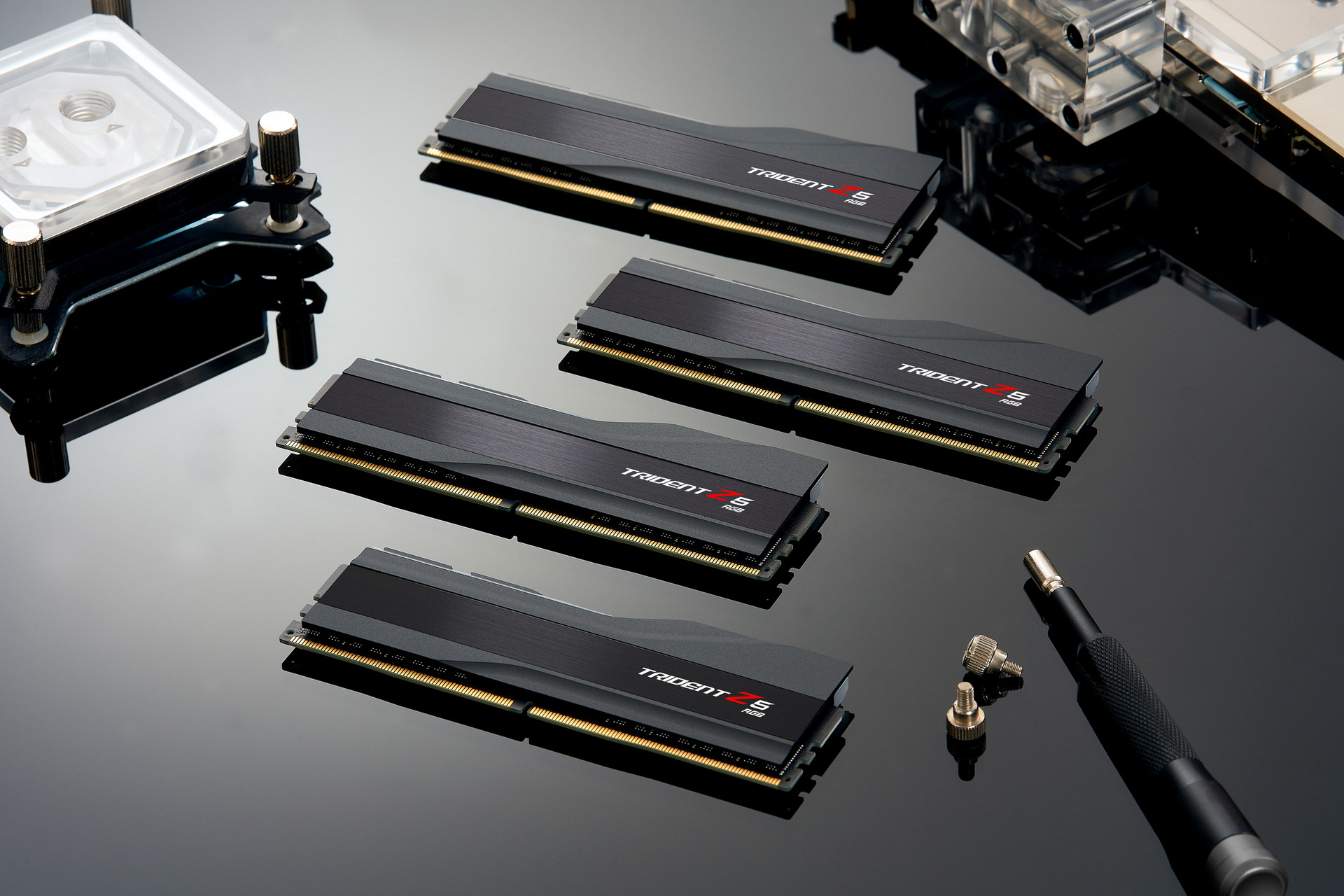- Oct 9, 1999
- 5,315
- 3,999
- 136
With the release of Alder Lake less than a week away and the "Lakes" thread having turned into a nightmare to navigate I thought it might be a good time to start a discussion thread solely for Alder Lake.
Are we still talking about games?!It affects performance in any kind of branchy code where the predictors can't maintain high hit rates. If the Gracemont cores have to snag something from L3 outside of their cluster or from main memory, that latency is going to sting you.
Are we still talking about games?!
Because games pre render and pre do everything
WHAAAT?Are we still talking about games?!
Because games pre render and pre do everything that is possible to do so, the only real-time thread is the user input and everything else is being slowed down or paused to match the speed of that one thread.
Unless it gets screwed up somehow and everything happens whenever, like parts of graphics showing up later or not at all (assassins creed horror face bug) , or you get heavy stutters because the pausing is way too long.
Because games pre render and pre do everything that is possible to do so, the only real-time thread is the user input and everything else is being slowed down or paused to match the speed of that one thread.
Games are bound to how fast the main loop can run and that main loop starts with "see what user does" (poll user input)So games are actually user bound? Guess we need slower GPUs.
Its been producing them in Hillsboro, Oregon for quite some time now. YEARS.Just wait till Intel moves on from 10nm to 7nm, it going be rocking again. Intel swallowed it pride and let TSMC do the manufacturing now, just like Apple. Intel had factories in Mexico and gave up on most of the factories in the U.S. around 10 years ago and lost it edge! Maybe Intel will start back up manufacturing CPU again in the U.S. again now!
Don't take their bait, Mark.Its been producing them in Hillsboro, Oregon for quite some time now. YEARS.
In fact 6 plants, the most recent starting in 2013
List of Intel manufacturing sites - Wikipedia
en.wikipedia.org
Games are bound to how fast the main loop can run and that main loop starts with "see what user does" (poll user input)
It's not a true DDR5 overclock investigation but testing a 16 GB module (I think) from stock 4800 MT/s, CL40
Looks a bit lacking, even with 1.5 VDDQ
View attachment 52204

i7 12700kf overshadows the R9 5900x in CB R23...
Cinebench R23 (Multi-Core) CPU benchmark list
Cinebench R23 (Multi-Core) CPU benchmark listwww.cpu-monkey.com
Partial comparison on CPU-Monkey, i5 12600k vs R7 5800x...
AMD Ryzen 7 5800X vs Intel Core i5-12600K Benchmark, comparison and differences
Benchmark, test, review, comparison and differences between these CPUs in Cinebench 23 and Geekbench 5www.cpu-monkey.com
Damn, so compared to rocket AL is ~50% faster at 125W and ~70% faster at 241W compared to 251W, and mostly at the same price, for the CPU alone anyway.Very nice comparison, Alder Lake Cinebench R20 performanse per watt........................
Games don't poll anything anymore. User inputs are handled by the OS. The gaming application subscribes via a particular API to receive these inputs (probably a callback, but there are other ways). The gaming applications receives a notification of ready input asynchronously (on another thread). The game code decides what needs to be done and then sends a set of instructions to game's rending engine to update itself to show the user any necessary changes. Roughly.Games are bound to how fast the main loop can run and that main loop starts with "see what user does" (poll user input)
Damn, so compared to rocket AL is ~50% faster at 125W and ~70% faster at 241W compared to 251W, and mostly at the same price, for the CPU alone anyway.
That's all they need to sell them, actually it's way way more than they would need to sell them.
But these numbers are collected from various sources so not really 100% for certain.
The only data point we would have for that would be canned benchmarks because that's all that reviewers give us and those don't use any user input.Congratulations
Now you understand why games respond so well to fast memory and large caches. And why they are hurt so much by intercore latency and/or memory/cache latency.
I would look up what the word poll means for devs if I would care enough but I doubt that it's exclusively used for assembly level hardware poking (pulling/pushing, whatever it would be) .Games don't poll anything anymore. User inputs are handled by the OS. The gaming application subscribes via a particular API to receive these inputs (probably a callback, but there are other ways). The gaming applications receives a notification of ready input asynchronously (on another thread). The game code decides what needs to be done and then sends a set of instructions to game's rending engine to update itself to show the user any necessary changes. Roughly.
The only data point we would have for that would be canned benchmarks because that's all that reviewers give us and those don't use any user input.


